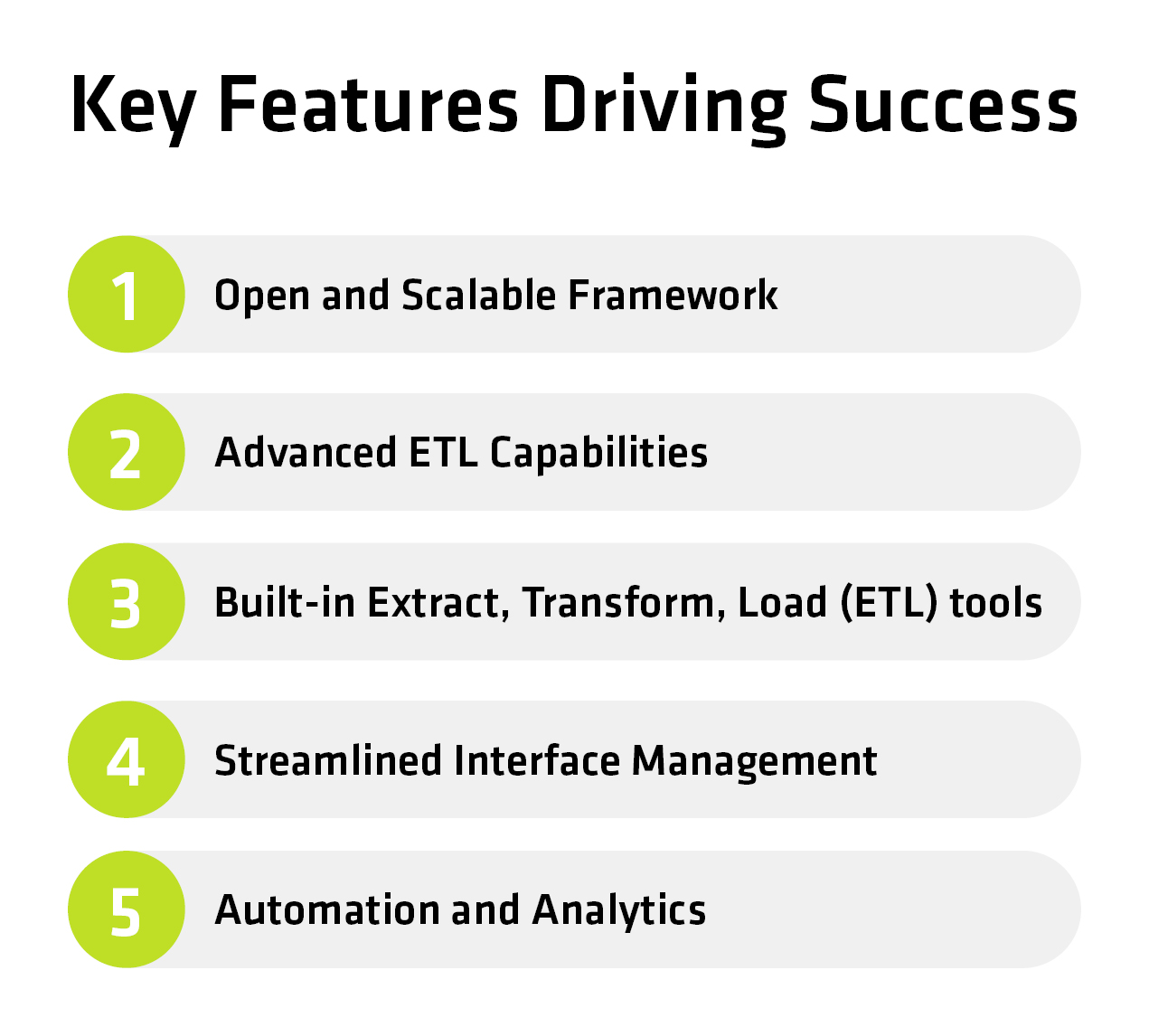
From Data Silos to Unified Ecosystems: The Essential Role of Interface Integration
/ Author: Vitali Koschewoi / Reading time: about 3 minutes
Businesses generate an astonishing 2.5 quintillion bytes of data every day, making seamless IT integration a cornerstone of operational success. By 2025, the global IT services market is expected to exceed $1.2 trillion, fueled by the demand for connected systems that drive agility, efficiency, and innovation, according to Gartner.
For organizations navigating this complex landscape, interface integration is no longer optional - it’s essential. Yet, a staggering 89% of enterprises still face challenges due to data silos, manual workflows, and incompatible systems. Professional solutions are designed to address these challenges, helping to unify and streamline IT infrastructures.
The Growing Need for Interface Integration
Today’s IT environments are increasingly hybrid and complex, combining on-premise systems with cloud-based applications, IoT devices, and third-party tools. This complexity brings challenges:
- Data Silos: According to a report by Oracle, 83% of data migrations fail due to poor integration, leading to fragmented operations and inconsistent information.
- Operational Inefficiencies: Manual processes account for 45% of IT bottlenecks, increasing operational costs by 20% annually (Vorecol).
- Scalability Issues: Legacy systems struggle to adapt to modern demands, delaying digital transformation efforts.
Organizations need a reliable solution to bridge these gaps, ensuring systems work together to meet current and future needs.
FNT IntegrationCenter: Your Integration Powerhouse
FNT IntegrationCenter is designed to tackle the complexities of modern IT environments, helping organizations seamlessly connect their diverse systems and applications. Serving as a central hub for managing interfaces, it ensures smooth communication across applications, databases, and devices. What sets it apart is its ability to integrate all FNT tools with any external software solutions, creating a fully connected IT landscape - regardless of origin or complexity.
The benefits are particularly evident when used in combination with FNT Command or other FNT software solutions, as it maximizes the value of existing tools while ensuring a fully synchronized and streamlined IT ecosystem.

A successful integration strategy goes beyond simply connecting systems - it involves ensuring compatibility between legacy and modern technologies, automating data processes, and streamlining interface management.
By leveraging advanced features like (ETL capabilities, businesses can consolidate, transform, and synchronize data across their IT ecosystems, ensuring real-time access to accurate information. Furthermore, integrating automation and analytics provides deeper insights into performance, enabling organizations to proactively address potential issues and enhance operational efficiency.
As digital transformation continues to accelerate, the ability to seamlessly integrate systems and optimize workflows will be a critical factor for businesses seeking to stay competitive and efficient in a connected world.
Why Interface Integration Matters More Than Ever
Gartner predicts that by 2026, 60% of enterprises will prioritize integration strategies to enhance agility and customer experience.
Without effective integration, organizations risk falling behind, losing both operational efficiency and competitive edge. FNT IntegrationCenter addresses these challenges, empowering businesses to streamline operations, cut costs, and stay ahead in a rapidly changing world.
Conclusion
The era of disconnected systems is over. In 2025 and beyond, businesses must adopt solutions that enable seamless integration and scalability to support growth and innovation. Embracing integration is key to overcoming legacy systems and driving digital transformation.
Discover more insights from our expert Vitali Koschewoi on solving integration challenges and achieving seamless IT operations now.




